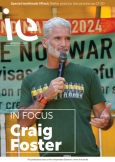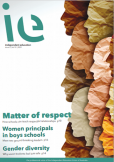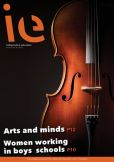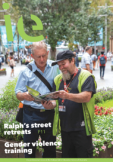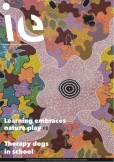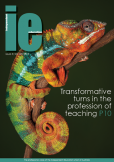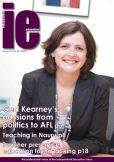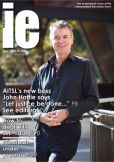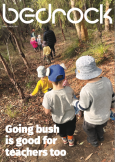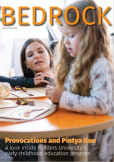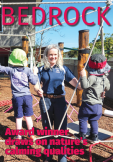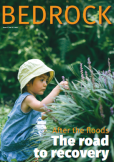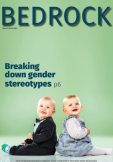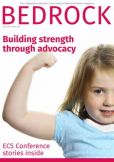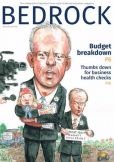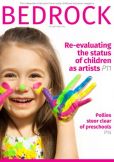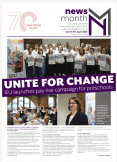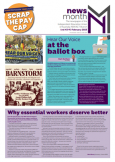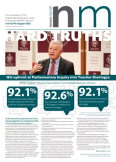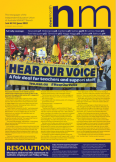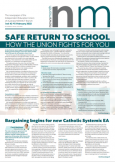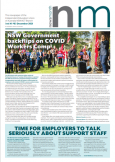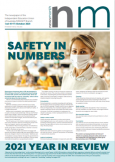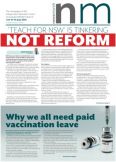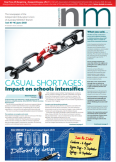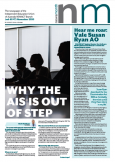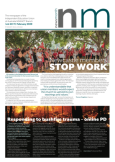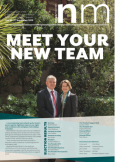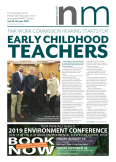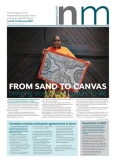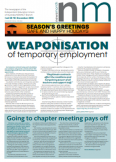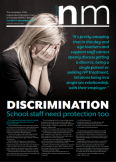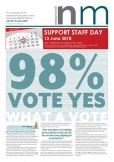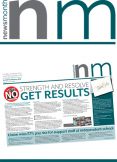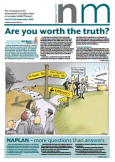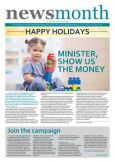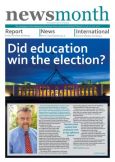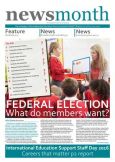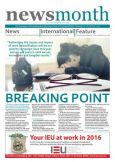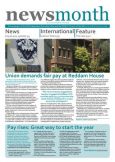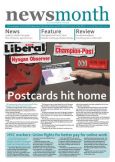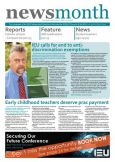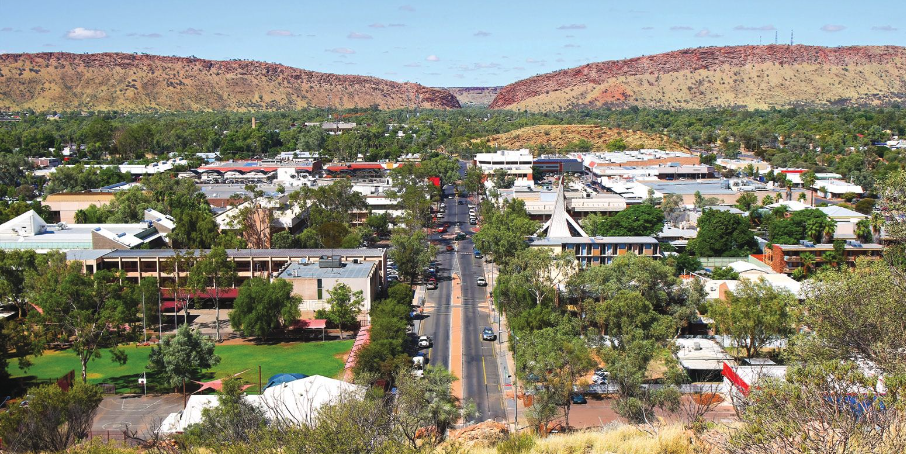Surveying students and teachers
Essential components of Dr Woodroffe’s research process were an understanding of the perceptions of First Nations high school students about a teaching career as well as First Nations teachers’ perspectives about teaching and how to promote it.
She contacted about 40 schools across the NT in urban and remote locations to ask First Nations students in senior years and First Nations teachers to complete an anonymous survey.
“Out of all the student responses, one-third said they were interested in teaching as a potential career pathway, and two-thirds said they were not interested,” Dr Woodroffe says.
“The interested students indicated they wanted to give back and support their community and some could see local examples of First Nations People employed as either teachers or assistant teachers who were role models and motivated them.”
For those who were not interested, three key reasons emerged.
“First, some students indicated they felt unwelcome within their school or like they did not belong,” Dr Woodroffe says.
“It really distressed me to read that in 2024 we still have First Nations students feeling like they are a minority or do not belong – why would they want to stay in a school setting then?
“Another reason was because they saw their teachers look unhappy and not appearing to be enjoying their jobs.
“The third reason was students did not want to deal with poor student behaviour,” she says.
Dr Woodroffe says students should be informed they would be taught about classroom and behaviour management as part of their initial teacher education and training, to allay these fears.
“We also need to reinforce to students that apart from the occasionally unpleasant aspects of teaching, which every job has, there are going to be so many fantastic things that outweigh the negatives and make for a rewarding career,” she says.
The survey responses from teachers reinforced the importance of role models.
“What stood out for some was their positive experiences in school, having teachers who encouraged and engaged with them, which motivated them to want to be teachers,” Dr Woodroffe says.
“There was a flipside though – not all First Nations teachers said they had good teachers or examples, so they were determined to become teachers to do better and support future generations of students and combat any potential racism.
“We cannot change systems from being outside of them – we have to engage and be part of it,” Dr Woodroffe says.
Improving visible pathways
Dr Woodroffe has found there needs to be more clarity and communication about possible pathways into teaching and the rewarding aspects of a career in the education profession.
She spoke to a range of people such as education lecturers, support staff, career education teachers and staff at the NT teacher registration board to understand the pathways available.
“My study specifically focuses on promoting teaching as a career of choice for First Nations People and to ultimately improve educational outcomes for First Nations students,” Dr Woodroffe says.
“There are potential study pathways, including through Vocational Education and Training (VET), for First Nations senior secondary students to enter into teaching, but unfortunately, these are not clearly articulated or widely known.
“If we are going to increase the number, we need a coordinated approach to change processes and practices to improve pathways and better support First Nations students,” she says.
Dr Woodroffe says the findings from both cohorts surveyed highlight the importance of role models providing face-to-face information about what it takes to study teaching but also presenting what is positive about a career in teaching.
“One of the main things we need to improve, which is the main outcome of my current project, is promoting teaching,” she says.
“We need it to be more visible and for more First Nations People to know what their options are, so they can move along suitable pathways.
“Scholarships and financial support are very important, but so are the simple practicalities of knowing what the pathway into a teaching degree is.”
Promoting the teaching profession
Dr Woodroffe says the research outputs will assist the NT government with meaningful workforce development and help universities to increase First Nations enrolments in teacher education.
She hopes the results of this study can inform a framework that can be used Australia-wide.
“We have harnessed the perspectives generously provided by First Nations students and teachers so now we are at the stage of completing analysis and making recommendations,” Dr Woodroffe says.
“Following the recommendations, the next phase is about resource creation and asking: How are we going to better promote teaching? How are we going to approach promotion in a way that is inclusive of First Nations perspectives and understandings and to cater to a First Nations audience?
“The NT and Australian education systems can only benefit and improve from having more First Nations teachers,” she says.
